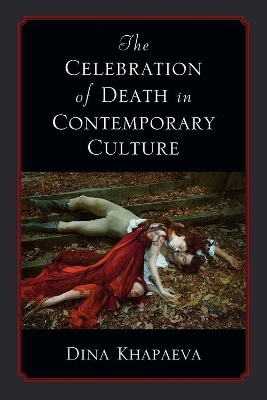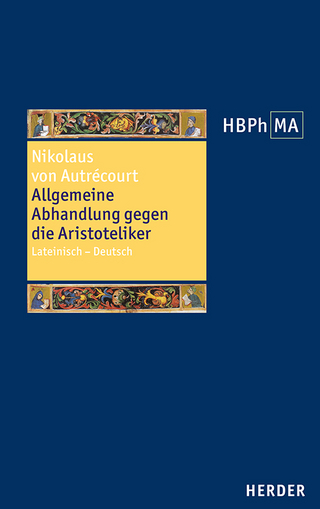
The Celebration of Death in Contemporary Culture
Seiten
2017
The University of Michigan Press (Verlag)
978-0-472-13026-9 (ISBN)
The University of Michigan Press (Verlag)
978-0-472-13026-9 (ISBN)
- Titel z.Zt. nicht lieferbar
- Versandkostenfrei
- Auch auf Rechnung
- Artikel merken
Investigates the emergence and meaning of the cult of death. Over the last three decades, Halloween has grown to rival Christmas in its popularity; dark tourism has emerged as a rapidly expanding industry; and funerals have become less traditional. This book considers these phenomena as aspects of a single movement, documenting its development in contemporary Western culture.
The Celebration of Death in Contemporary Culture investigates the emergence and meaning of the cult of death. Over the last three decades, Halloween has grown to rival Christmas in its popularity; dark tourism has emerged as a rapidly expanding industry; and funerals have become less traditional. “Corpse chic” and “skull style” have entered mainstream fashion, while the influence of slasher movies and other extreme genres—such as gothic and horror movies and torture porn—is evident in more conventional recent films. Monsters have become pop culture heroes: vampires, zombies, and serial killers now appeal broadly to audiences of all ages. This book considers, for the first time, these phenomena as aspects of a single movement, documenting its development in contemporary Western culture.
Previous considerations of our fixation on death have not developed a convincing theory linking the mounting demand for images of violent death and the dramatic changes in death-related social rituals and practices. This book offers a conceptual framework that connects the observations of the simulated world of fiction and movies—including The Twilight Saga, The Vampire Diaries, Hannibal, and the Harry Potter series—to social and cultural practices, providing an analysis of the specific aesthetics and the intellectual and historical conditions that triggered the cult of death. It also considers the celebration of death in the context of a longstanding critique of humanism and investigates the role played by twentieth-century French theory, as well as by posthumanism, transhumanism, and the animal rights movement, in the formation of the current antihumanist atmosphere.
This timely and thought-provoking book will appeal to general readers and scholars of cultural studies, film and literary studies, anthropology, American and Russian studies, and to anyone hoping to better understand a defining phenomenon of our age.
The Celebration of Death in Contemporary Culture investigates the emergence and meaning of the cult of death. Over the last three decades, Halloween has grown to rival Christmas in its popularity; dark tourism has emerged as a rapidly expanding industry; and funerals have become less traditional. “Corpse chic” and “skull style” have entered mainstream fashion, while the influence of slasher movies and other extreme genres—such as gothic and horror movies and torture porn—is evident in more conventional recent films. Monsters have become pop culture heroes: vampires, zombies, and serial killers now appeal broadly to audiences of all ages. This book considers, for the first time, these phenomena as aspects of a single movement, documenting its development in contemporary Western culture.
Previous considerations of our fixation on death have not developed a convincing theory linking the mounting demand for images of violent death and the dramatic changes in death-related social rituals and practices. This book offers a conceptual framework that connects the observations of the simulated world of fiction and movies—including The Twilight Saga, The Vampire Diaries, Hannibal, and the Harry Potter series—to social and cultural practices, providing an analysis of the specific aesthetics and the intellectual and historical conditions that triggered the cult of death. It also considers the celebration of death in the context of a longstanding critique of humanism and investigates the role played by twentieth-century French theory, as well as by posthumanism, transhumanism, and the animal rights movement, in the formation of the current antihumanist atmosphere.
This timely and thought-provoking book will appeal to general readers and scholars of cultural studies, film and literary studies, anthropology, American and Russian studies, and to anyone hoping to better understand a defining phenomenon of our age.
Dina Khapaeva is Professor of Modern Languages at the Georgia Institute of Technology.
| Erscheinungsdatum | 01.04.2017 |
|---|---|
| Zusatzinfo | 5 halftones |
| Verlagsort | Ann Arbor |
| Sprache | englisch |
| Maße | 152 x 229 mm |
| Gewicht | 530 g |
| Themenwelt | Geisteswissenschaften ► Philosophie ► Philosophie des Mittelalters |
| Geisteswissenschaften ► Psychologie ► Trennung / Trauer | |
| Geisteswissenschaften ► Religion / Theologie | |
| Sozialwissenschaften ► Soziologie ► Mikrosoziologie | |
| ISBN-10 | 0-472-13026-9 / 0472130269 |
| ISBN-13 | 978-0-472-13026-9 / 9780472130269 |
| Zustand | Neuware |
| Haben Sie eine Frage zum Produkt? |
Mehr entdecken
aus dem Bereich
aus dem Bereich
Lateinisch - Deutsch
Buch | Hardcover (2024)
Herder (Verlag)
CHF 97,95
Redewendungen aus der Natur
Buch | Hardcover (2024)
Regionalia Verlag
CHF 11,10
Buch | Softcover (2024)
Reclam (Verlag)
CHF 11,90


